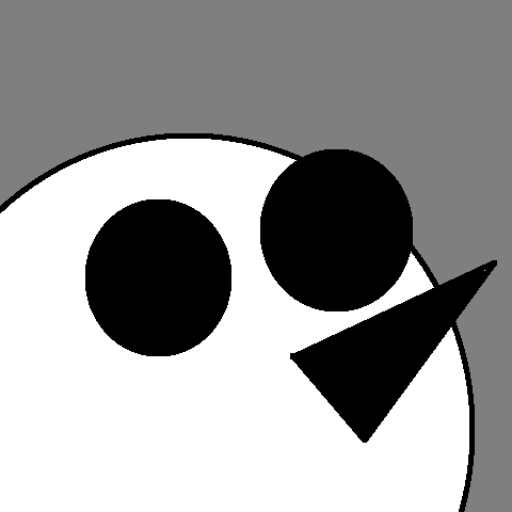“Holy lord, that bastard was long. I mean long. I mean like [Apatow joke] long.
This epic graphic novel follows the life of Yoshihiro Tatsumi, from a young manga fan to a writer to, apparently, a manga master.
I don’t know much about manga, so don’t take my ignorance here as a slam on ol’ Yoshi.
The best parts were the stories from his personal life, and the small details about living in post WWII Japan were interesting. For example, it was years after the war before Japanese citizens were allowed to drink Coca-Cola. It was all saved for the occupiers, I guess. Ah, freedom.
On the flipside, most chapters start with little historical bits that don’t really mean a lot to me, what was going on culturally, especially pop-culturally, in Japan at the time. The big movies, the big songs, and so on.
Here is where the review borders on culturally insensitive. Brace yourselves.
I had a hell of a time connecting to these parts because they all read like this to me:
[Japanese name] came out with [bizarre magazine name] which revolutionized manga with its [Japanese word] style.
I shit you not, there must be a couple hundred different Japanese names in this book, and being only a seven-year student of Japanese, wink, I had a hell of a time keeping them straight, and eventually I just skipped them over if I had a sense that the characters weren’t sticking around long.
On the plus, this almost seems like a book made for Western audiences, by which I mean the boys look like boys, the girls look like girls, and the characters look different from each other. It’s super not okay to say that all people of a certain type look the same, but I think it’s okay to say something like, “All the men Frank Quitely DRAWS look the same,” and it’s honestly a problem I have with a lot of Japanese comics. But this one, between its differentiated characters (Flop of Hair in Front Guy, Beret Man, Glasses Dude) left-to-right style, and fairly consistent layout is a breezy read for most comic folks.
The art is tidy and well-expressed, and there’s a definite impressive quality to the simplicity of the drawings that is worth a looksie. Outside of that, I can’t honestly think of much reason to read this unless you’re a fan of the man or really interested in the history of manga, but a history ending thirty years ago.”
